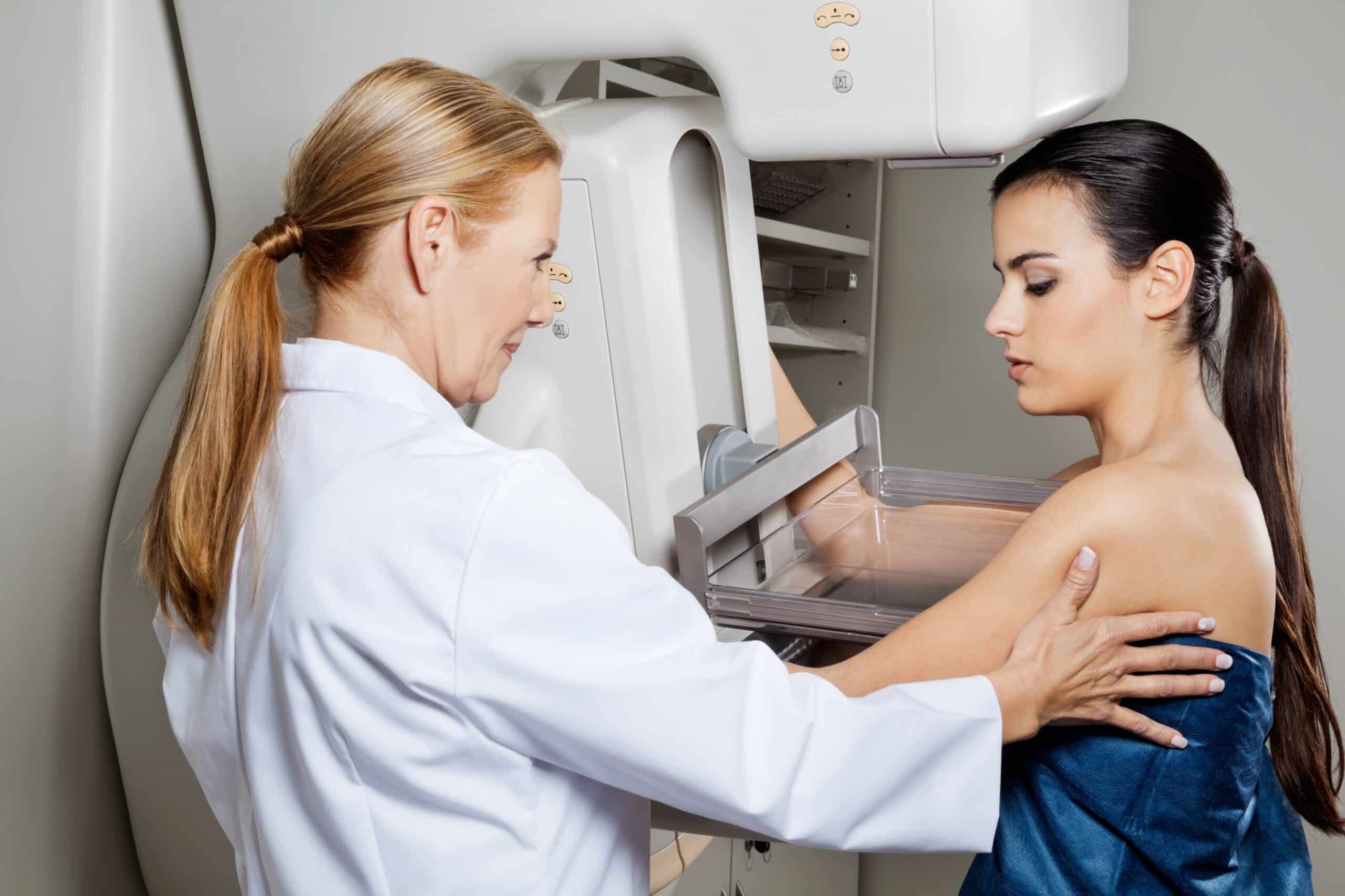“The beneficial effect of screening is currently declining because the treatment of cancer is improving. Over the last 25 years, the mortality rate for breast cancer has been virtually halved,” says Henrik Støvring, who is behind the study.
According to the researcher, the problem is that screenings lead to both overdiagnosis and overtreatment, which has a cost both on a human level and in terms of the economy.
Overdiagnosis and overtreatment
When the screening was introduced, the assessment was that around twenty percent of the deaths from breast cancer among those screened could be averted. While this corresponded to approximately 220 deaths a year in Denmark 25 years ago, today the number has been halved.
The study shows that in 1996 it was necessary to invite 731 women to avoid a single breast cancer death in Norway, you would have to invite at least 1364 and probably closer to 3500 to achieve the same result in 2016.
On the other hand, the adverse effects of screening are unchanged.
“One in five women aged 50-70, who is told they have breast cancer, has received a ‘superfluous’ diagnosis because of screening — without screening, they would never have noticed or felt that they had breast cancer during their lifetime,” says the researcher.
One in five corresponds to 900 women annually in Denmark. In addition, every year more than 5000 women are told that the screening has given rise to suspicion of breast cancer — a suspicion that later turns out to be incorrect.
Peaceful, small nodes — but in who?
Henrik Støvring notes that the result is not beneficial for the screening programmes. According to him, the Norwegian results can also be transferred to Denmark. Here, women between 50 and 69 are offered a mammogram screening every second year. This is an X-ray examination of the breast, which can show whether the woman has cellular changes that could be breast cancer.
The Danish screening programme became a national programme offered to all woman in the age group in 2007 — three years after the Norwegians. Approx. 300,000 Danish women are invited to screening for breast cancer every year.
According to the researcher, the challenge is that we are not currently able to tell the difference between the small cancer tumours that will kill you and those that will not. Some of these small nodes are so peaceful or slow-growing that the woman would die a natural death with undetected breast cancer, if she had not been screened. But once a cancer node has been discovered, it must of course be treated, even though this was not necessary for some of the women — we just do not know who.
“The women who are invited to screening live longer because all breast cancer patients live longer, and because we have got better drugs, more effective chemotherapy, and because we now have cancer care pathways, which mean the healthcare system reacts faster than it did a decade ago,” says Henrik Støvring.




